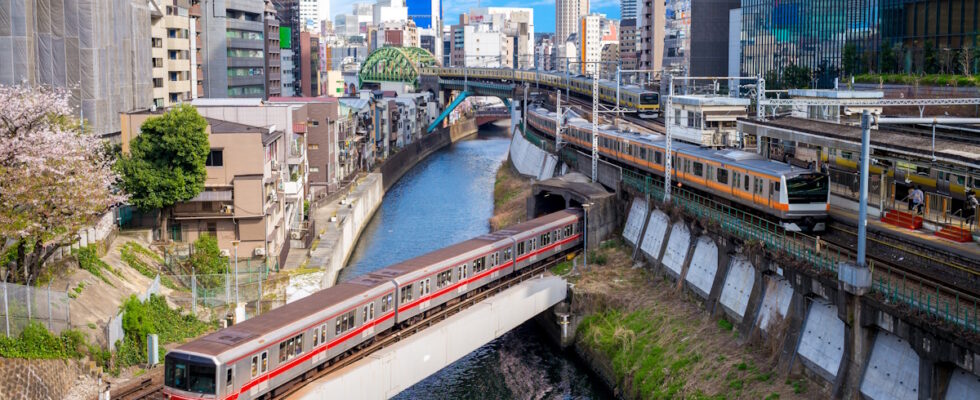Tokyo Metro on January 24 announced tests in August 2024 to achieve 5G communications between trains and ground equipment installed in underground tunnels and on surface tracks, etc. This will be the first demonstration test of a railway operating system using 5G.
The demonstration will use public (public network) and private (self-operated network) 5G communications and test a prototype railway communications infrastructure based on a developing standard called Future Railway Mobile Communication System (FRMCS). This standard must ultimately replace the current ERMTS standard. In this context, European railways currently use the GSM system, based on 2G+, for operational communication. To date, this system is deployed on more than 130,000 kilometers of track in Europe, and on some 210,000 kilometers worldwide.
In addition, tests on the practicality of 5G communications for the CBTC (Communication Based Train Control) system (which equips lines 3, 5 and 13 of the Paris metro, or the famous line B of the Rennes metro), which controls the safety and stability of train operation will be carried out.
Ensuring the safety of rail vehicles
“A communication-based train control (CBTC) system is an automated train control system that uses two-way communications between the train and the ground to ensure the safety of railway vehicles. These systems have strict requirements for availability and latency of communications” mentions the IEEE.
Conventional railway communication systems were built using dedicated equipment developed independently by each railway operator from the point of view of safety, stability and security. These new 5G communication systems use artificial intelligence technology and various detection and analysis technologies. They can be used to transmit data between the ground and trains, and perform predictive maintenance. The use of this technology should make it possible to improve safety by preventing accidents, maintain and improve the stability of train operations, but also increase the productivity of maintenance work.
In addition, they can transmit real-time images from cameras on board trains and on the ground.
Video surveillance and autonomous trains
In France, the SNCF is also testing autonomous train use cases with 5G, and real-time video surveillance in stations.
In the future, railway communication infrastructure based on 5G must be standardized in the railway industry.
By enabling the use of 5G, a highly versatile technology, in railway systems, it is expected to reduce railway maintenance and management costs.
Source: “ZDNet Japan”
